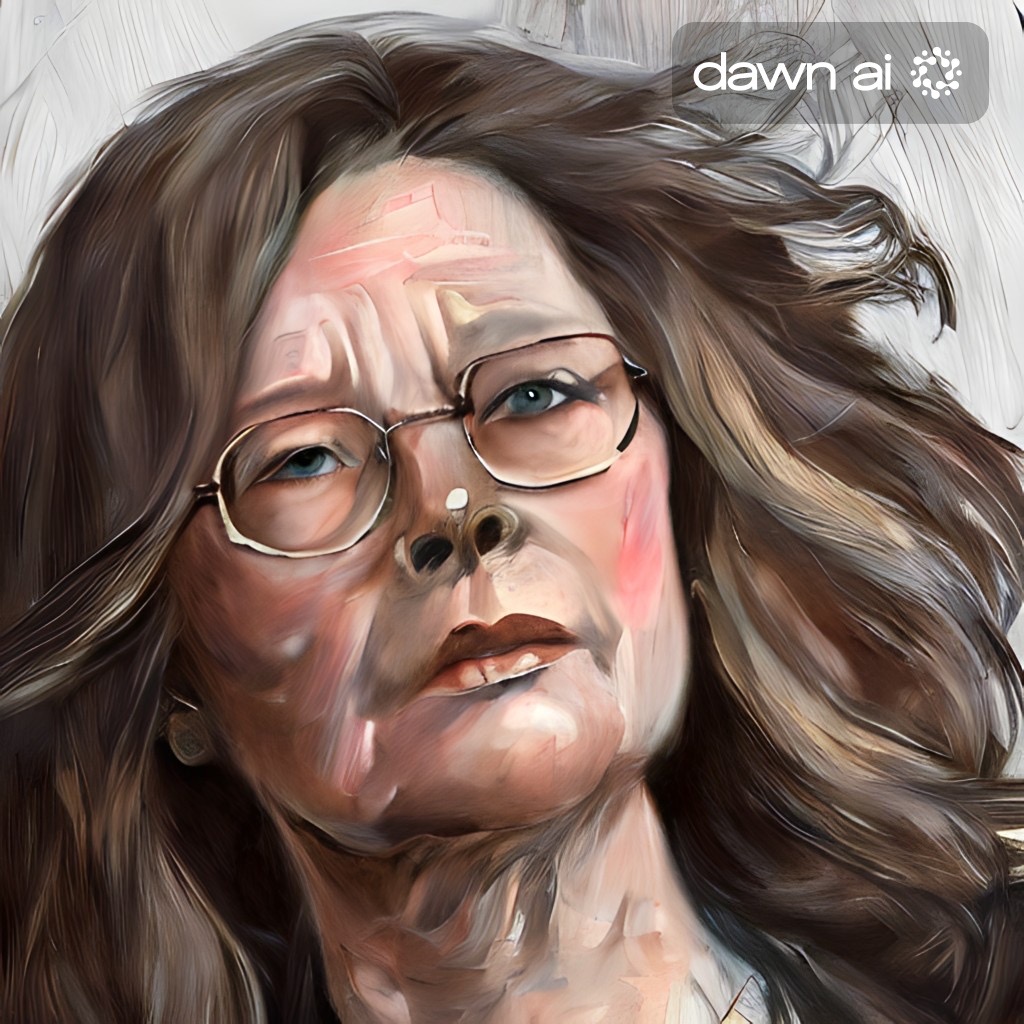what is seen
The only thing that is different from one time to another is what is seen and what is seen depends upon how everybody is doing everything. This makes the thing we are looking at very different and this makes what those describe it make of it, it makes a composition, it confuses, it shows, it is, it looks, it likes it as it is, and this makes what is seen as it is seen. (21)
Gertrude Stein in “Composition as Explanation.”
But, as Lacan says, something always slips in our relation to things, which reminds me of a Zen monastery in Japan - the name of which I forget - where thirteen stones are spread out in a layout across a garden, but no matter from where you’re looking you only see twelve stones at a time - the thirteenth stone that would complete the picture is always outside your scope of vision.
Whenever you’re immersed in “looking” you’re not the impossible bystander - watching from the outside objectively - you’re always part of the watching and, as such, you cannot see the entire picture because you cannot watch yourself watching.
In doing the watching, the picture is lost. Hence, we always have to begin again and again and again and again - encircling what is left out by doubling and displacing - mapping it out in an associative, hypertextual fashion - beginning again and again in a continuous present - composing a framework of invisible rhythms, mapping a space that shows in a moment of instantenous perception.
Sources
Lacan, Jacques. The Four Fundamental Concepts of Psycho-Analysis. Translated by Alan Sheridan. Penguin, 1994.
Stein, Gertrude. "Composition as Explanation." Look at Me Now and Here I Am: Writings and Lectures 1909-45, Penguin, 1971.

